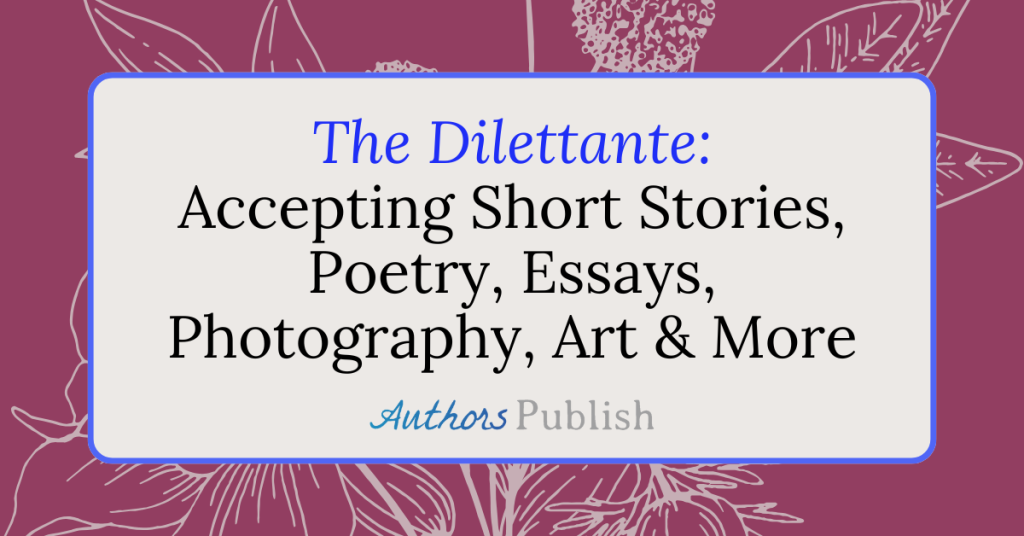— Ben Graff
Writing is identity. Whether we write novels, short stories, poetry or something else entirely, every piece of work is precious. Yet it is all too easy to become so absorbed by our work that we miss opportunities to tell the most important story of all. Namely, that of who we are as a writer.
My mother used to say to me that if you don’t take steps to define yourself, others will do it for you. For the writer, the fate that awaits might be bleaker still. It could be that without action on your part, no one gains much sense of who you are, what you do, or the journey you are on as a creative.
It is not always easy to put it all out there. To share your hopes, dreams and creative achievements with strangers. As an introvert I struggled with this for a long time. Recently I have come to realise the part LinkedIn can play in shaping your creative profile. Here are three tips that might help you to utilise this tool to further your identity as an artist.
Using your LinkedIn “profile” to frame yourself as a writer
Your LinkedIn profile is the perfect window to tell your story and join the dots between your various literary projects. Perhaps you want to describe yourself as a novelist or a poet or journalist. Possibly as the author of your latest book. Perhaps you choose to go for a combination of these depending on what best meets your circumstances. The framing does need to be authentic, but if writing is an important part of your life, you should be able to choose the right label(s). I kick myself now that for too long my profile simply mentioned my day job and told nothing of my passion for writing or the book I had already written.
Perhaps it is a little scary to define yourself in relation to the work you are passionate about. Most likely it has taken you a while to reach this point. It can also take time to adjust to the fact that your creativity has earned you new titles just waiting to be claimed. LinkedIn is a great prompt to ask yourself who you are today, where you are heading; and how best to articulate this to yourself and others.
If you still have a day job (as I do) it makes sense to also refer to this, as work colleagues will see your profile. At least now, those who look me up will understand where I am in my journey as a writer; my latest book, my publications, my journalism and the novel I am currently writing.
Use the publications section to tell the story of your work
LinkedIn has a section where you can publish links to your articles and give a description of these pieces. Not everybody seems to use this to its full potential. Forget how you might use this feature externally for a moment. It is also a good tool for enabling you to reflect on your publications to date. It wasn’t until I reviewed my material that I fully understood that there were certain gaps between what I was publishing and what I wanted to publish. This has helped me to clarify and further refine my future plans (on both topics and publishers.)
Far more people will read your publications than are likely to read your books. There are ways to make the most of this opportunity. Describing your work but not providing the link will leave the reader none the wiser as to what you have written. Equally, providing links but giving no thought to the descriptions of the accompanying articles might be the equivalent of a street that has no light to guide the way. Taking time to succinctly give a little context on your publications and why you wrote them both helps to build the story of you as a writer and increases your chances of finding another reader.
Every action you take on LinkdIn will draw people to your creative profile
Every action you take on the site is an opportunity to bring your profile to the attention of others. Every “like,” every post, every new connection will bring you into contact with others and embed the story of you as a creative that little bit further. Again, it has taken me time to adjust to this, but once you have a profile do not forget to use it in the ways that feel right to you.
Conclusions
Starting out as a writer is challenging and even established artists can struggle to define themselves in today’s crowded market. It might not always feel easy, it certainly didn’t for me, but we all have a role to play in shaping our creative profile. LinkedIn can be a useful addition to an author’s tool kit, as we reach out and share with others, the story of the writer we have already become.
Bio: Ben Graff is the author of Find Another Place and is currently writing his second novel, The Greenbecker Gambit. He is a freelance writer for a number of publications. You can see his LinkedIn page here.






